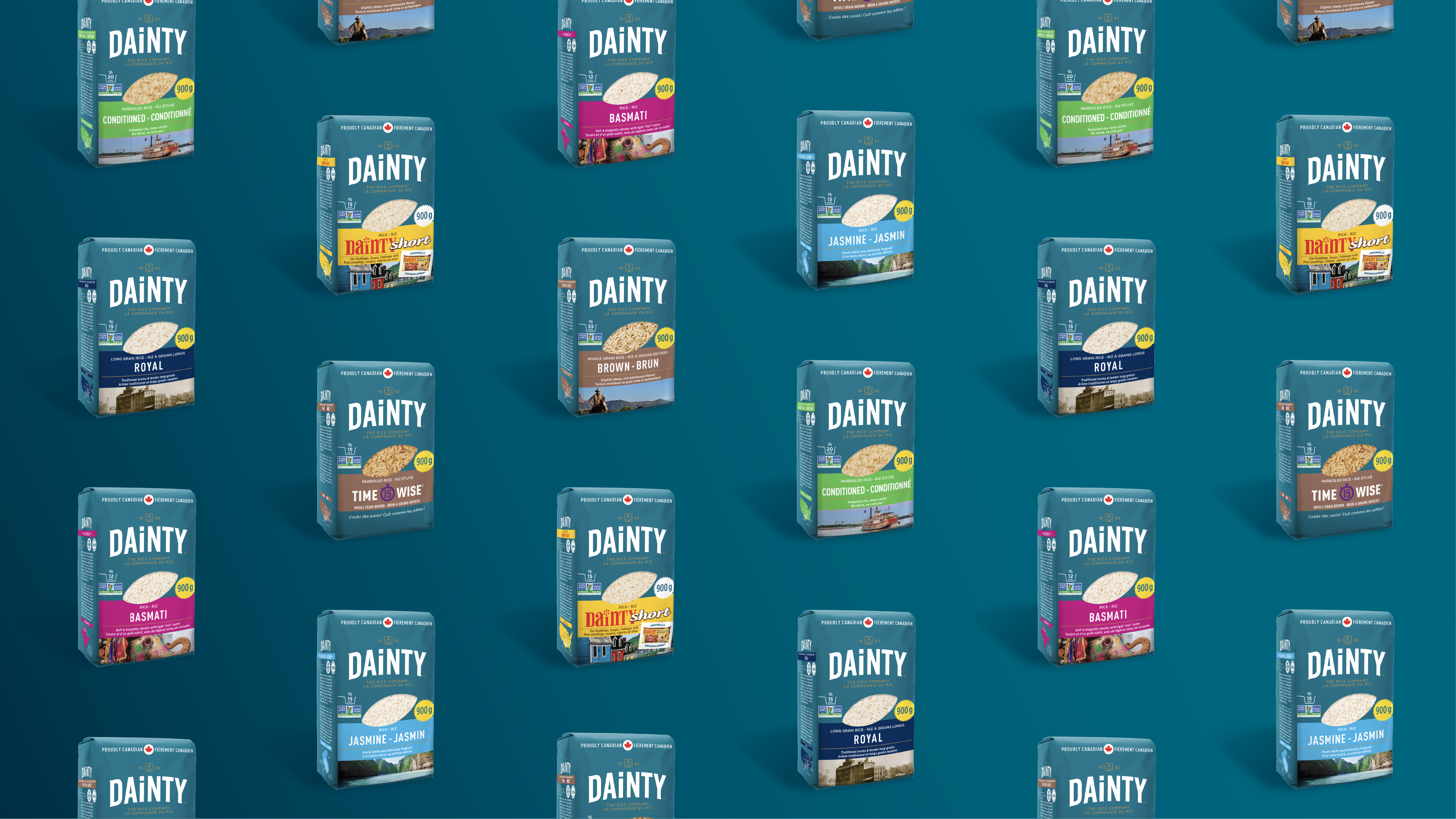Let’s drop you into a hypothetical scenario: you’ve been hired by a brand to bring a new product to market – and specifically – to create a toolkit that can be used to sell that product to retailers and customers. Are you equipping your client to do this with only a standard cover letter and resume in hand?
Probably not.
(Read also: We really hope not).
Chances are, you’re going to design a memorable experience for that brand and its customers; you’re going to mobilize creativity to deliver a sales pitch they can’t resist, because that’s what marketers do. Why wouldn’t the same ethos apply to your job search?
In today’s economy, getting a job of any variety can be challenging. Toss in the competitive nature of landing an exciting marketing position, and your job search can quickly become all out warfare. Ironically, way too many people come to the battlefield with only well intentioned MS Word documents in hand, which is exactly like bringing a rusty scooter to a drag race. It won’t put you ahead, or even near, the competition. To be a marketer, you gotta market – yourself, for starters. Here’s how:
First and foremost, develop your personal brand.
No, we’re not talking about a logo and colour set. We’re talking about your mission and vision – what you’ll strive to achieve in your dream job, and what an ideal future there looks like. Will your potential employer have supports in place to help you achieve these things? What are your values? What’s your sales proposition? Giving consideration to the foundational elements of your personal brand will help you weed out the culture and marketing roles you DON’T want to provide a clearer picture of the ones you DO want.
Resumes and cover letters are cool: everything else is better.
Sure, marketing agencies appreciate a straight up 8×11, 12pt Arial resume and cover letter, and might even find them handy for getting a snapshot of your work and education history. But baby – you are so much more than that! At Cinnamon Toast, we’ve had exceptional candidates display the depths of their creativity with everything from beautifully designed portfolios to videos; websites to goodies delivered in customized packaging with credentials displayed. This type of creative application takes significant thought and effort – and in an industry that requires both, it only fares well for you to display it.
Invite a challenge
It’s always better to display, rather than say, your talents. One foolproof way to approach this is to invite your prospective employer to offer you a small task or challenge to tend to (made up, of course – because screw spec work). This could be a one-page creative brief, social media strategy, or presentation slide (for example) and will give you an excellent opportunity to display the value you would bring to a team.
Ask questions
This tip is job interview 101, and yet so many people come to job interviews without a single question or concern in tow. This not only demonstrates a lack of enthusiasm for the company and position, but also displays a lack of concern for yourself. Interviews are a two-way street: your prospective employer is evaluating whether or not you’re a good match for his/her team, and you are (or should be) evaluating whether or not he/she represents a company that suits your goals and needs. This means you will have questions – bring them. Ask them. Use the responses as a mechanism for determining fit: not just to assess the functions of the job.
Some examples of good questions to ask include:
- What would success look like to you in this position?
- Are there opportunities available for professional development here? What are they?
- What do you think is the most challenging aspect of this job?
Follow up
There’s no way around it: marketers are busy people. It is easy to get distracted and to push things – interviews and job candidates included – aside. Similar to how you might periodically ‘poke’ a client whose business you really want, don’t be afraid to ‘poke’ the agency whose job you’ve applied for. Check in, say hi, ask if there’s been any movement in filling the role you’ve applied for. Just don’t go overboard: once or twice in the weeks following your interview should suffice.
Now:





